Envision
Navigating Smoothly: The Role of Demand Forecasting in Operational Management at Seaports

Table of content
1. Introduction
2. Demand Forecasting: A Torch in an Uncertain Sea
3. Resource Allocation
4. Cost Efficiency
5. Strengthening Service Quality
6. Chasing the Technological Advancement Trend
7. Conclusion
Seaports are key arteries in the global economy, enabling trade and facilitating the movement of products across countries in a world that is more connected than ever before. Operational management in major commercial hubs necessitates precise attention to detail as well as the ability to anticipate changes. Demand forecasting, the practice of projecting future demand trends to help decision-making, is an important instrument in this process. The article analyses the importance of demand forecasting in seaport operational management and its impact on overall efficiency and profitability.
Demand Forecasting: A Torch in an Uncertain Sea
Estimating demand for port services provides significant insights into future demands, allowing for improved planning and resource allocation. It involves analyzing historical data, market trends, economic indicators, and seasonal patterns in order to forecast demand for various port services such as container handling, storage, and ship maintenance. Forecast accuracy enables port managers to make educated decisions, optimize resource allocation, and plan for fluctuations in demand, resulting in smooth operations.
Resource Allocation
A port at sea requires a large number of resources, including labor, machinery, warehouses, and berths. Inefficient use of these resources can lead to bottlenecks, delays, and higher operational expenses. Demand forecasting assists with successful resource management by estimating the quantity and kind of resources needed at various periods.
Thus, if the projection indicates that the number of cargo ships entering in the coming month would grow, management can arrange for additional equipment or dock employees. Even during peak demand periods, this proactive resource allocation helps to preserve operational efficiency.
Cost Efficiency
Cost-effectiveness is a vital component of port management. Demand forecasting helps lower operating costs by enabling better resource planning and management. Knowing when to expect low demand, for example, might assist management in making decisions about temporary workers, equipment maintenance scheduling, or energy-saving measures, decreasing operational expenses during lean periods.
Strengthening Service Quality
A seaport's level of service is largely determined by its operating efficiency. Delays in cargo processing, restricted storage space, or long waits for berths can all have an impact on service quality, potentially resulting in customer discontent and business loss.
Demand forecasting enables seaports to foresee service needs and plan accordingly. This proactive service management approach not only promotes customer happiness but also builds stronger connections with shipping firms, customs agents, and other stakeholders.
Chasing the Technological Advancement Trend
The role that technology plays in demand forecasting cannot be ignored. Advanced analytics, AI, and machine learning algorithms can analyze massive volumes of data and produce more accurate forecasts. The introduction of Internet of Things (IoT) devices also allows for real-time data collecting and monitoring, which improves the accuracy of demand projections.
Furthermore, technology such as block chain can improve supply chain visibility, allowing for more accurate forecasting by providing real-time data on cargo movements, shipping schedules, and other critical aspects.
The operational administration of seaports is becoming an increasingly difficult endeavor as the global economy evolves. In this scenario, demand forecasting emerges as a critical instrument, allowing seaports to maintain operational efficiency, cut costs, and provide high-quality services. Seaports can traverse the stormy waves of the global trade ecosystem while remaining smooth and efficient by embracing technology and focusing on accurate demand forecasts.
Talk to us today to know how our solutions can accelerate your digital transformation
Let's Talk



.webp)
.webp)
.webp)





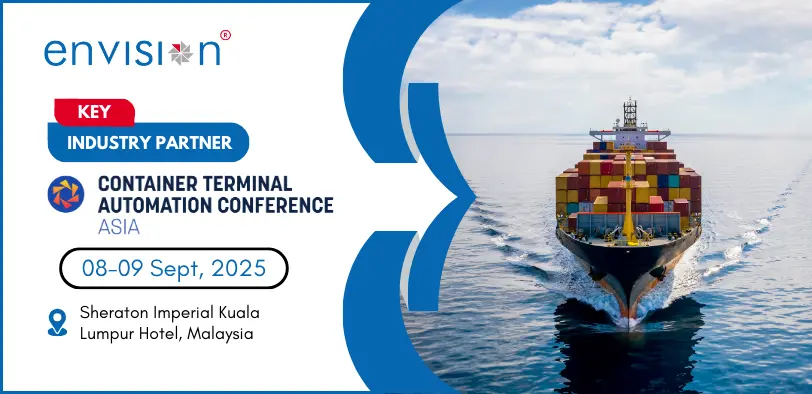
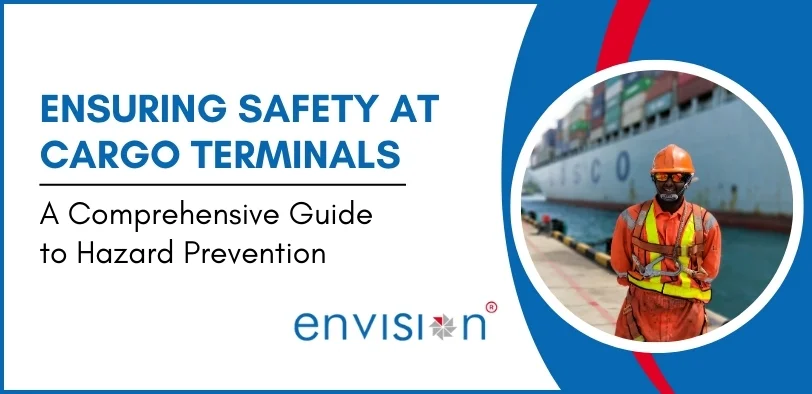

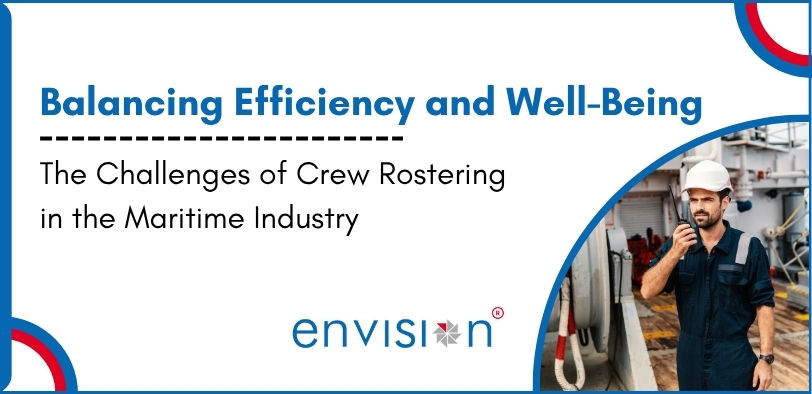
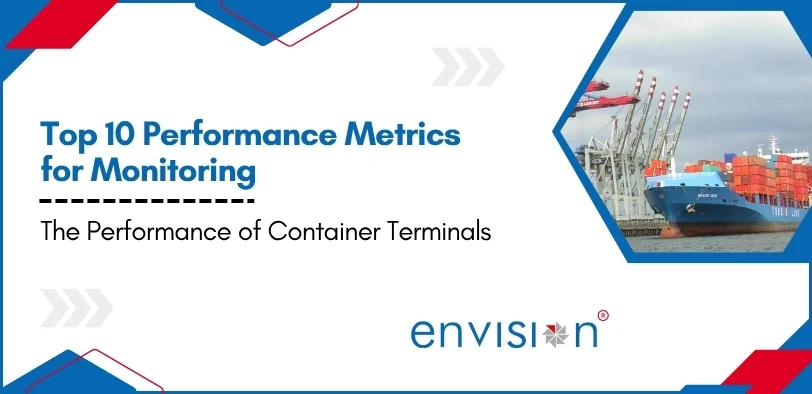

.webp)
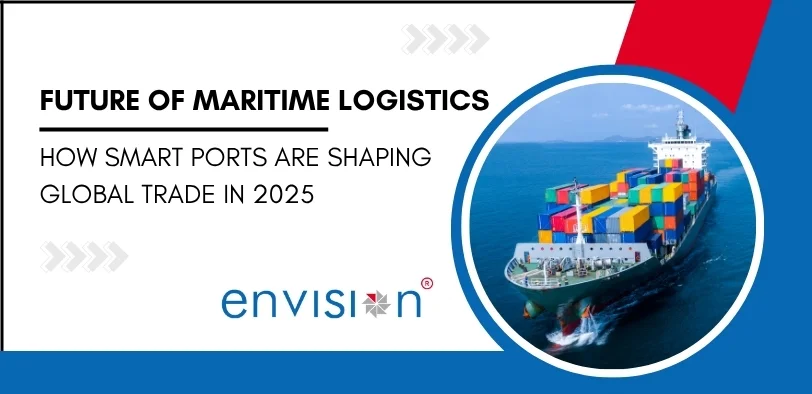







%20ver1_1.webp)







.webp)
.png)
.png)







































